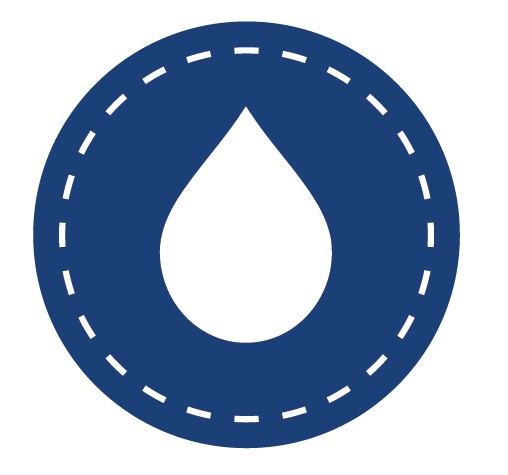
Water and waste are concepts that for most people require a paradigm shift. What if you had to survive on 50 litres of water a day like some places in south africa? The way you managed water and looked after your waste would be very different. Its with the paradigm Innovation House approaches projects. These projects include being involved in drought proofing projects like wicking lawns requiring no surface irrigation like in Innovation House 2.0 and also the use of green waste to rebuild soils through the process of ground swelling to product humisoil as with the golf links drive project we have been involved in.
Below is some best practice application you might consider
Around 40% of household water is typically used outdoors. There are many easy ways to reduce outdoor water use, save money, time and effort, and benefit the natural environment.
Reducing water consumption in the home is a simple and easy way to decrease water and energy bills and lessen your household’s impact on the environment.
On-site wastewater reuse can reduce water use in both urban and rural households. At present, most homes use potable (drinkable) water for practically everything in the house and garden. We are literally flushing our drinking water down the toilet!
Toilets that use no water for flushing can have even lower environmental impacts than water efficient toilets and wastewater recycling systems. Waterless toilets or ‘dry sanitation’ systems do not use water to treat or transport human excreta. If appropriately designed, they conserve precious water resources and keep effluent and pollutants out of waterways and the general environment. They can also save money on your water bill.
Water heating is the largest source of greenhouse gas emissions from an average Australian home and the second largest segment of household energy use in Australia, after space heating and cooling. It accounts for about 21% of the energy and generates about 23% of the greenhouse gas emissions (DCCEE 2010). In Australia, about 48% of the energy used for water heating comes from natural gas, 45% from electricity, 3% from liquefied petroleum gas (LPG) and 4% from solar (DCCEE 2012). Electric water heaters in particular contribute to these emissions: only half of Australian homes use electric water heaters, but they contribute 80% of hot water greenhouse emissions. Reducing your hot water use and using renewable energy sources to heat water are great ways to reduce your environmental impact.
Copyright 2022 | Innovation House. All Rights Reserved